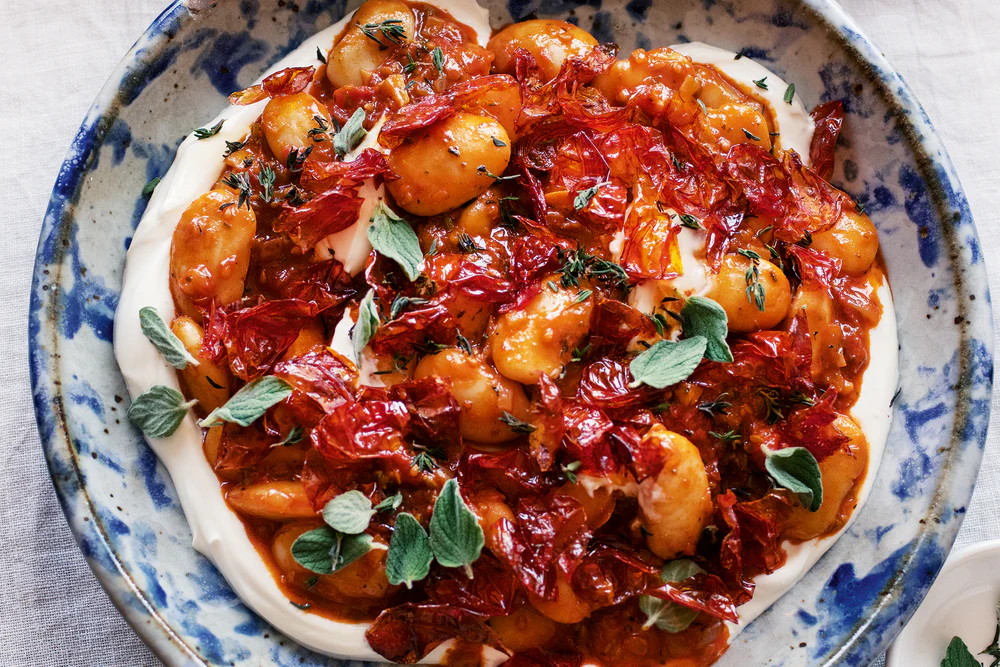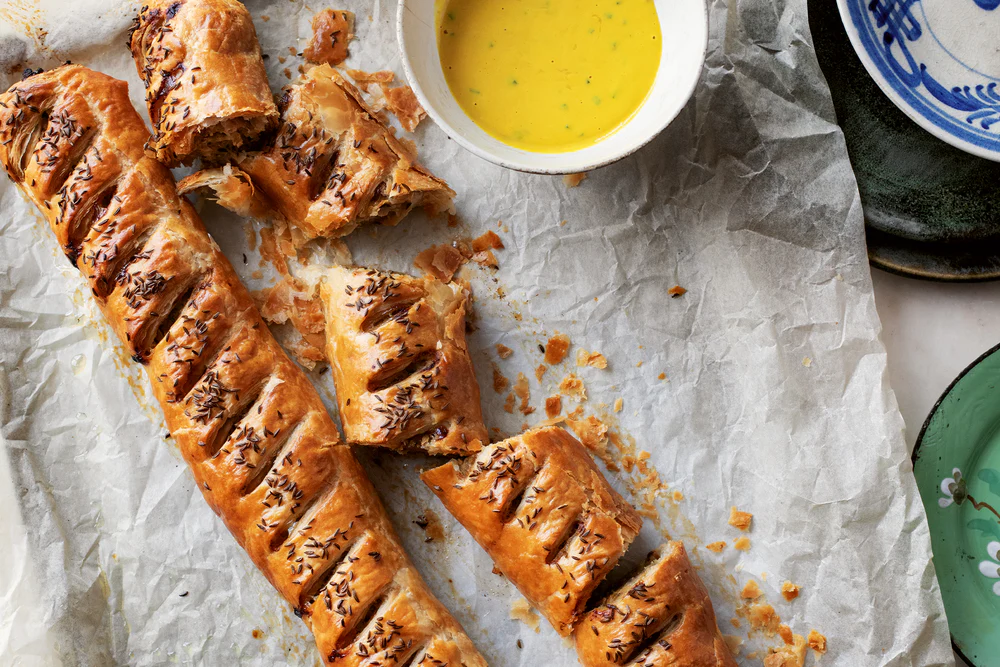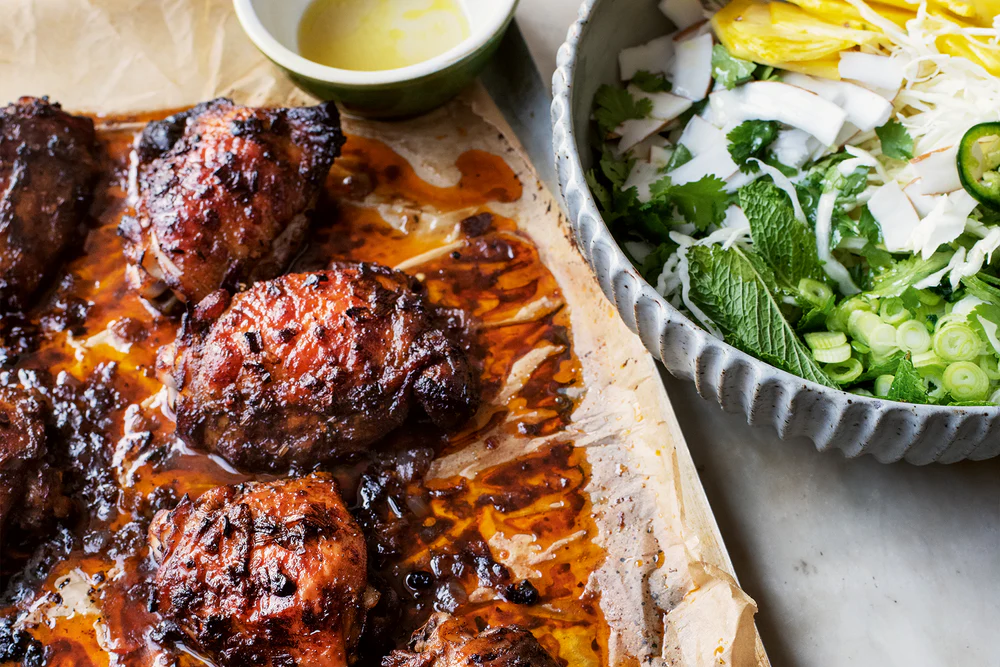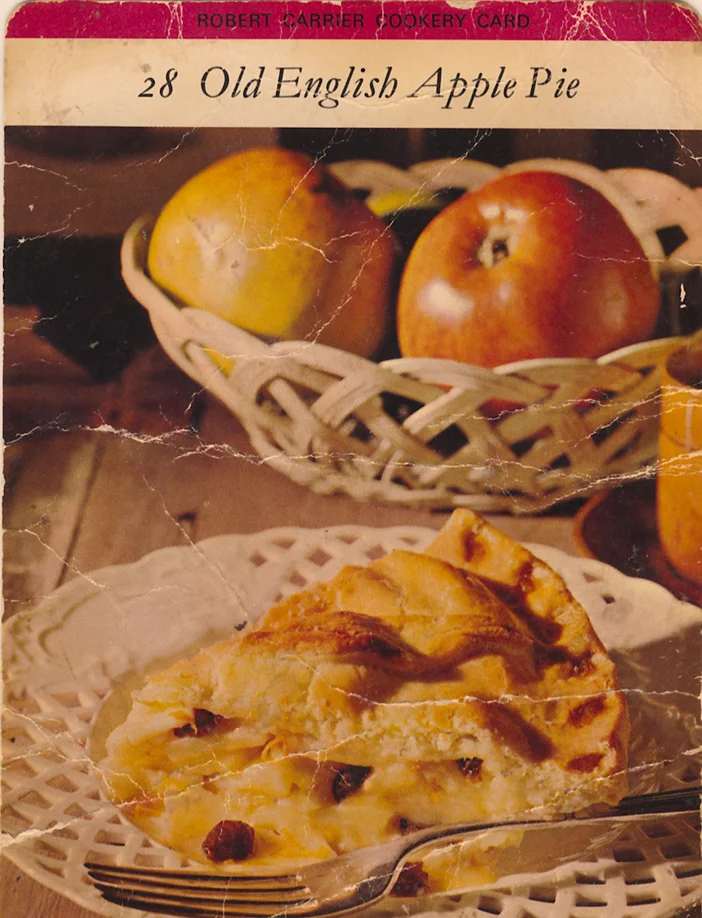Comfort - a moveable feast
- rosemary
- Sep 10, 2024
- 7 min read
"the ability of a dish to be nostalgic and novel at once - that's at the heart of our interpretation of comfort. In this book we offer dishes that are both comfortable and creative, familar and fresh, reassuring and revelatory."

Well I had to buy it didn't I? I'm a self-confessed Ottolenghi freak after all, just like back in the day I was a Robert Carrier freak, an Elizabeth David freak, a Jane Grigson freak, a Delia freak - and on and on it goes. As with anything. We go through phases with our favourite things, because it all depends on where you are in your life. Tastes change.
Short answer to the question of is it worth buying? Yes it is, although I confess I was initially marginally disappointed although now I have no idea why I was. Maybe because it sort of wasn't what I expected of a book called Comfort. But I have since revisited, and it is indeed worth buying. Currently the best price here in Australia is at Big W for $35.00. I paid more - quite a lot more I suppose - at Readings, but I felt good for supporting an iconic bookshop. And they had a deal on the alleged recommended price anyway - I think that was $65.00 and I paid $49.99. Which makes you wonder what the 'real' price is and who gets the money. As I said to the man in Readings - "he'll make millions from this!" He retorted "Indeed he will although he's got a few already." We both agreed that he was brilliant however.
But I digress. I reiterate that if you like cooking for fun and adventure every now and then, then it's worth it. Even if it's just a quiet little adventure at home. I have put little yellow post-it stickers on at least a dozen pages for things I might try sometime soon. And there were many others I was tempted by. Indeed when I think about it, I could almost be tempted by everything. Not quite everything of course, but really a big proportion of them. Which is somewhat unusual for a cookbook.

And honestly nothing looks very hard either. In trademark Ottolenghi way some of the ingredients, although surpisingly few, might be difficult to find. If you live in England you can buy a set of Comfort ingredients for some exorbitant amount of money, but mostly you can find those spice things somewhere near you, if not in your local supermarket, here in Australia.
Australia gets a special mention in this book, both in the introduction and also in a special section at the end. I don't know if the other editions have a section dedicated to the country involved. It gets a mention because:
"It's about our journeys and all the stories contained in them. This book is a celebration of that: of movement, of immigration, of family, of home - of people."
And Australia, of course, is a prime example of an immigration nation. A quarter of us were born somewhere else, a half have parents who were, and it seems that all of those immigrants mingle, and connect, and yet retain their own specific culture:
"When we move somewhere new, we do two things. We take on (and take in) the culture and cuisine of the place we have moved to and we keep hold of and preserve the culture and cuisine of the place we have left. ... This sharing of dishes on a much larger scale through immigration is the beating heart of COMFORT."
or, as I think Tara Wigley - the writing member of the team says:
"When things share a pot, they each keep their own identity and, at the same time, take on some of the flavour of the things they're sharing the pot with. It's an exchange that happens as much outside the kitchen as it does inside. Outside the kitchen it's called the melting pot. Inside the kitchen it's called a stew, a soup, a traybake."

The book is a mélange, a mix of flavours because, like other recent Ottolenghi books it's a collaboration. In this case the co-authors are Verena Lochmuller, Helen Goh and Tara Wigley - with the occasional acknowledgement of others in the Ottolenghi Test Kitchen, which still exists even though their OTK books seem to have ceased.
In addition to the fact that there are four different people involved, those four individuals all have mixed nationalities and travels in their life. And so the cultural mix, as in all Ottolenghi recipes is varied and adventurous. Take a typical Australian dish such as a four and twenty pie, for example and turn it into Beef, black garlic and baharat pie. Or just make that Australian favourite: Chocolate ripple fridge cake - more or less as it is, just slightly tarted up with strawberries and Grand Marnier, and with a recipe for the chocolate ripple biscuits thrown in, if you don't live in Australia. And that picture of the almost empty plate, at the beginning of the book, symbolises the comfort from sharing and connecting, whilst also emphasising the comfort of the familiar:
"All food is comfort food. Maybe I just like to chew." Lewis Black
It's a dish that beautifully expresses that generally accepted meaning of 'comfort', expressed so well by Laurie Colwin:
"When life is hard and the day has been long, the ideal dinner is not for four perfect courses ... but something comforting and savoury, easy on the digestion. Something that makes one feel, if only for a minute, that one is safe."
Because I think what they are really trying to do in this book is to look at the things that give us that traditional feeling of warmth, cosiness, security whilst telling us that we can move on from that, without letting the original memory, emotion, disappear, and that we can gain great satisfaction from that:
"our hope is that these recipes become for you what they are for us; reassuring on the one hand but revitalising on the other; nostalgic and novel at the same time; creative and comforting."
Or put another way:
"Just try new things. Don't be afraid. Step out of your comfort zones and soar, all right?" Michelle Obama
I looked online to see if any bloggers had already had a go at some of the recipes, but it seems not. You can find some of the Comfort recipes on the Ottolenghi website and The Guardian has also compiled a few. And to add, or complement those, here are a few pictures of some that I am going to have a go at some time in the not too distant future: Dutch baby with oven-roasted tomatoes - for me a twist on Yorkshire pudding; Butter beans with roasted cherry tomatoes - which has an interesting twist in that the tomato skins are roasted until crisp and scattered on top; Caramelised onion orecchiette with hazelnuts and crispy sage; Baked polenta with courgette and green harissa; German-style sausage rolls; Leek, cheese and za'atar rugelach and Chicken with Steph's spice:
And even so I still have a whole heap of yellow post-it stickers poking out from between the pages. I shall now remove them, so that I can rediscover for myself a tempting dish when I am bored with the same old, same old. It maight be a different set of choices next time I look. And maybe I shall:
"Make a recipe a few times and it becomes habit. Make it enough and it becomes home."
And you pass it on and it becomes somebody else's favourite with their own little twist - because the Ottolenghi crew do that as well - encourage you to make it your own, and they always give you suggestions for substitutions and directions in which you could go.
And I really should mention that the beautiful pictures - every dish has a picture, sometimes several - are taken by Jonathan Lovekin, Nigel's photographer, who seems to be at the top of the British food photography tree. Design of the book by Caz Hildebrand - Ottolenghi's favourite designer. It's one of those heavy books - glossy thick paper, so although they give you extra pages on which to make notes as you travel, I don't think you will be taking it with you. Far too heavy for Australians travelling the world on aeroplanes and trying to travel light.
I should mention one more thing as expressed in the Introduction about comfort food:
"No two comfort food lists are ever going to be identical, but clear themes emerge. Theme one: carbs. Theme two: fat. Theme three: sugar."
Which is not, of course, a healthy thought. But most likely true. Do you turn to a salad for comfort? Maybe a potato salad, but probably not a heavily vegetable one. Although that said, when I was 'researching' for this post I came across a long interview with Ottolenghi and Noor Murad, on the Cherry Bombe website, in which Noor Murad, when asked which recipes had been most popular in one of the OTK books said:
"The savory one is the Sunshine Salad a lot of people are making. I don't know, maybe because the name is great, sunshine on a plate." Noor Murad
And that's a whole other topic for a post - recipe titles - coming soon.
In some ways it's a curious title because it sets you up for one thing, and then leads you into something other: "It's all about connection ... memory, comfort and innovation" . 'Innovation' being the odd word out there. But this is Ottolenghi, and in spite of him giving very generous credit and praise to his co-authors, it's his name on the cover. And innovation is what we have come to expect from the man. Well they want you to buy the book don't they?
For me, I think those two words, connection and innovation are really what it's all about. Experiment and adventure too. What it also does for me is to make me want to invite somebody over to share these amazing creations. And maybe that's the biggest compliment I can give.

POSTSCRIPT
Other times on September 10
2023 - Classic - apple pie - now there's comfort food for you - in the accepted sense - and there is a beautiful looking one (Dutch apple cake) in Comfort that I almost tried on Sunday but didn't have the time. Well I thought I didn't but actually I could have. It's not very difficult. My Robert Carrier comfort apple pie on the left, Verena Lochmuller's Dutch apple cake on the right.
2022 - Nothing
2021 - Nduja
2020 - New from your supermarkets
2019 - Nothing
2017 - A word from Belinda Jeffery
2016 - Future farming in the sky





















C'est une melange de haute qualite! Is food feminin I wonder>